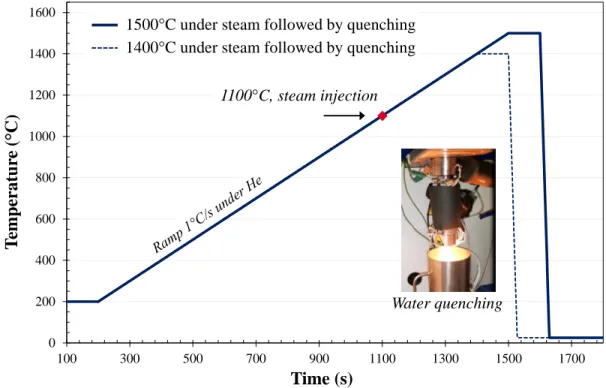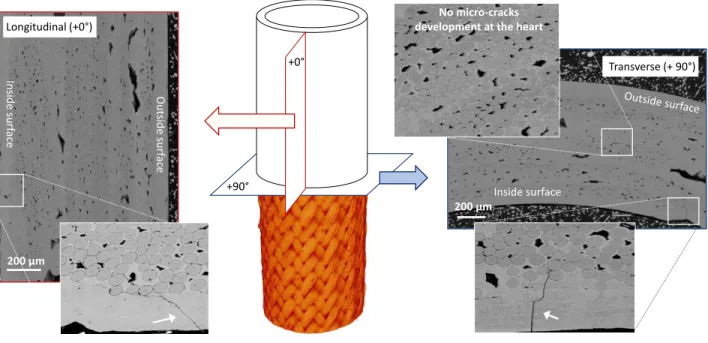Quench Behavior Of Sic/Sic Cladding After High Temperature Ramp Under Steam Conditions
Texte intégral
Figure



Documents relatifs
Abstract : Cette approche c’est une présentation pour une partie d’un projet de recherche à l’unité de recherche en technologies industrielles (URTI/CSC) Annaba
En raison de leurs propriétés de légèreté, de rigidité et de résistance spécifique, les matériaux composites sont utilisés de nos jours dans un nombre croissant
The French and European Outcome Registry in Inten- sive Care Units (FROG ICU) study is a prospective, ob- servational, multicenter cohort study, designed to assess the incidence and
(2) Techniques suggested (but not yet implemented) for a possible dynamic hidden-line processor might have ramifications for the dynamic recognition process described
The predictive ability of hygrothermal model simula- tions depends on the accuracy and reliability of the material properties used, such as dry and wet heat capacity, dry and
Transient Liquid Phase Bond (TLPB) is a technique based on the diffusion at moderated temperature of a thin metallic preform (with a relatively low melting temperature) into two
Le modèle de boîte par défaut ( content-box ) peut être contre-intuitif, car la width / height d'un élément ne représentera pas sa largeur ou sa hauteur à l'écran dès que
The paper describes an experimental study on the preparation ofSiC-whisker reinforced Sic-composites by Chemical Vapour Deposition (CVD) and Chemical Vapour Impregnation (CVI) with